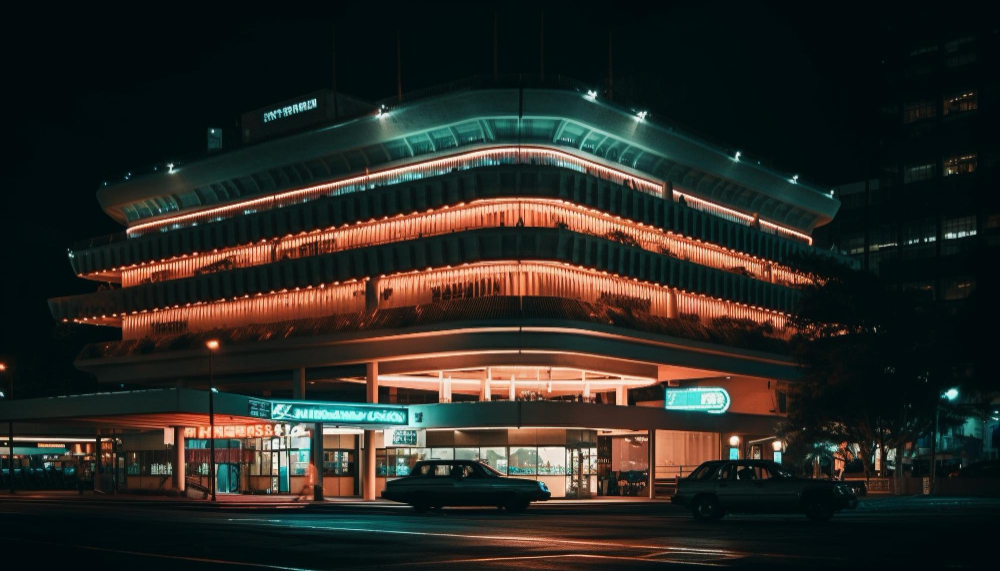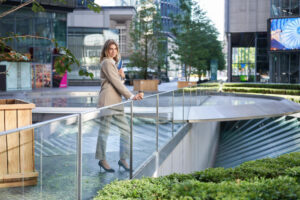Importance of Commercial Outdoor Lighting: Illuminating Urban Spaces
- 1 The Importance of Commercial Outdoor Lighting
- 1.1 Enhancing Safety and Security
- 1.2 Branding and Aesthetic Appeal
- 1.3 Improving Customer Experience
- 1.4 Energy Efficiency and Sustainability
- 1.5 Adapting to Seasonal Changes and Special Events
- 1.6 The Role of Technology in Modern Outdoor Lighting
- 2 Conclusion
In the modern urban landscape, commercial outdoor lighting plays a pivotal role in ensuring safety, enhancing aesthetics, and promoting energy efficiency. Vorlane.com is one of the notable names in this dynamic industry, providing innovative solutions that cater to various commercial needs. This article delves into the world of commercial outdoor lighting manufacturers, exploring their contributions, technologies, and market trends.
The Importance of Commercial Outdoor Lighting

Outdoor lighting is a fundamental aspect of any commercial establishment, playing a crucial role in both aesthetic appeal and functional utility. From enhancing the safety of the premises to creating an inviting atmosphere for customers, the significance of commercial outdoor lighting cannot be overstated. This article delves into the multifaceted benefits of commercial outdoor lighting, exploring its impact on safety, security, branding, customer experience, and energy efficiency.
Enhancing Safety and Security
One of the primary purposes of outdoor lighting in commercial settings is to ensure the safety and security of the premises. Properly illuminated exteriors can significantly reduce the risk of accidents and injuries. For instance, well-lit pathways, parking lots, and entryways help prevent trips and falls, particularly during evening hours when visibility is naturally reduced. This not only protects customers and employees but also minimizes the potential for liability claims against the business.
Moreover, outdoor lighting acts as a deterrent to criminal activities. Well-lit areas are less attractive to potential intruders, as the risk of being seen and identified is higher. Surveillance systems can also function more effectively in well-lit environments, capturing clearer images that aid in identifying suspects and preventing crime. As a result, businesses that invest in comprehensive outdoor lighting systems often experience lower rates of vandalism, theft, and other criminal behaviors.
Branding and Aesthetic Appeal
Commercial outdoor lighting is a powerful tool for enhancing the aesthetic appeal and branding of a business. The exterior appearance of a commercial property can significantly influence a customer’s first impression. Thoughtfully designed lighting can highlight architectural features, landscape elements, and signage, creating a visually appealing and memorable experience for visitors.
Strategic lighting design can also reinforce brand identity. For example, businesses can use colored lighting that matches their corporate colors or employ lighting techniques that reflect their brand’s personality—whether it’s sleek and modern, warm and inviting, or dynamic and exciting. This not only makes the business more recognizable but also helps establish a strong brand presence in the minds of consumers.
Improving Customer Experience
A well-lit exterior can significantly enhance the overall customer experience. Adequate lighting in parking areas, walkways, and entrances ensures that customers feel safe and comfortable as they approach the business. This is particularly important for establishments that operate during evening hours, such as restaurants, retail stores, and entertainment venues.
Furthermore, outdoor lighting can be used to create ambiance and set the tone for the type of experience customers can expect. For instance, soft, warm lighting can create a cozy and intimate atmosphere for a fine dining restaurant. In contrast, vibrant and colorful lighting can energize and attract crowds to a nightclub or entertainment venue. By aligning the lighting design with the intended customer experience, businesses can enhance customer satisfaction and encourage repeat visits.
Energy Efficiency and Sustainability
In today’s environmentally conscious world, energy efficiency and sustainability are key considerations for businesses. Advances in lighting technology have made it possible to achieve high-quality outdoor lighting while minimizing energy consumption. LED lighting, in particular, offers numerous benefits over traditional lighting solutions.
LED lights are highly energy-efficient, consuming significantly less power than incandescent or fluorescent bulbs. They also have a longer lifespan, reducing the frequency of replacements and the associated maintenance costs. Additionally, LED lights provide superior illumination quality, with options for adjustable color temperatures and brightness levels to suit different needs and preferences.
By investing in energy-efficient lighting solutions, businesses can not only reduce their environmental footprint but also achieve substantial cost savings on their energy bills. Many utility companies and government programs offer incentives and rebates for businesses that adopt energy-efficient lighting, further enhancing the financial benefits.
Adapting to Seasonal Changes and Special Events
Commercial outdoor lighting also allows businesses to adapt to seasonal changes and special events. For example, during the holiday season, companies can use festive lighting displays to attract customers and create a joyful atmosphere. Similarly, special events like grand openings, sales, or community gatherings can be highlighted with dynamic lighting arrangements that draw attention and generate excitement.
Adjustable and programmable lighting systems provide flexibility and convenience, enabling businesses to quickly and easily change the lighting setup as needed. This adaptability helps companies to stay relevant and engaging throughout the year, enhancing their ability to attract and retain customers.
The Role of Technology in Modern Outdoor Lighting
Technological advancements have revolutionized the way commercial outdoor lighting systems are designed and managed. Intelligent lighting solutions, integrated with sensors and automation systems, offer enhanced control and efficiency. For example, motion sensors can be used to activate lights only when needed, reducing energy waste. Similarly, automated dimming systems can adjust the brightness of lights based on the time of day or the presence of natural light.
These intelligent lighting systems can be controlled remotely via mobile apps or centralized management platforms, allowing business owners and facility managers to monitor and adjust the lighting settings from anywhere. This not only improves operational efficiency but also enables businesses to respond quickly to changing conditions or unexpected events.
Conclusion
The importance of commercial outdoor lighting extends far beyond mere illumination. It plays a vital role in ensuring the safety and security of the premises, enhancing the aesthetic appeal and branding of the business, and improving the overall customer experience. Additionally, modern lighting technologies offer opportunities for significant energy savings and sustainability.
By investing in well-designed and strategically implemented outdoor lighting systems, businesses can create a more inviting, safe, and visually appealing environment that attracts customers and supports their brand identity. As technology continues to advance, the possibilities for innovative and efficient lighting solutions will only expand, offering even greater benefits for businesses and their communities.

















